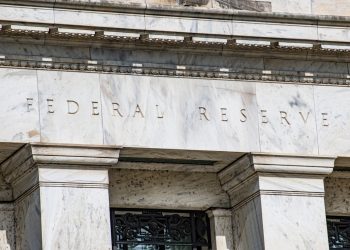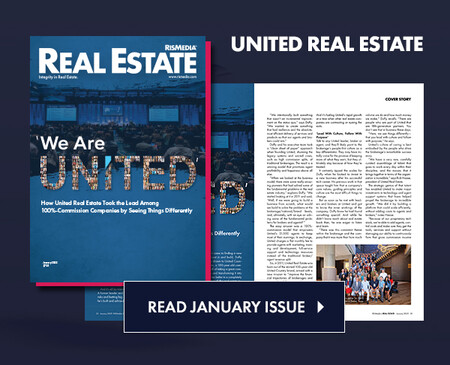RISMEDIA, April 11, 2009-U.S. consumers believe mobile banking is important but do no not want to pay for it and also are wary of using their mobile devices such as cell phones, smartphones, and personal digital assistants (PDAs) for financial transactions and online banking, according to results of a survey conducted by KPMG LLP, the audit, tax and advisory firm.
KPMG’s third annual Global Consumers and Convergence survey of more than 4,000 people in 19 countries worldwide, which examines trends in the use of mobile technology, revealed that 85% of U.S. respondents believe mobile banking is important but they do not want to pay for it. The overwhelming majority of U.S. respondents said they had never tried banking through a mobile device (91%).
Of those respondents who have not conducted banking through a mobile device, 48% cited security and privacy as the primary reason.
“Mobile banking is another vehicle banks can utilize to make banking more accessible to customers,” said Carl Carande, a principal in KPMG LLP’s Advisory and Banking and Finance practices. “Consumers value banking services that make their lives simpler and more manageable and mobile banking affords this convenience, so banks that address concerns over security, privacy, and costs may be better able to retain existing customers and attract new ones.”
Some 68% of U.S. respondents also said that their current bank does not offer banking through a mobile device and only nine percent said they had tried mobile banking.
“The fact that the majority of U.S. consumers are not aware that their current banks offer mobile banking is clearly more perception than reality,” added Carande. “Banks will need to work harder to increase customer awareness of the availability of mobile banking and clearly articulate the value proposition of the service before consumers are willing to pay for it – especially in this economic environment.”
Despite the pricing, privacy, and security concerns, 19% of U.S. respondents said they are at least “somewhat likely” to use their mobile device for online banking in the next 12 months. In addition, seven percent said they are willing to pay at least a nominal fee to access online banking services from their mobile device.
Mobile Payments and Financial Transactions Findings
According to the survey, the majority of U.S. consumers also are not comfortable with using their mobile device for financial transactions (66%).
With regards to payments, 95% of U.S. respondents said they never made a purchase from a vending machine using their mobile device and 95% said they never made a purchase using a mobile device through a retailer’s mobile website, further suggesting an unfamiliarity or lack of comfort in using a mobile device for transactions and payments.
“U.S. consumers – as well as worldwide – need to be convinced that new payment methods and banking vehicles are safe and secure for them to succeed,” said Mitch Siegel, director of payment advisory services in KPMG LLP’s Financial Services practice. “Once these concerns are addressed, consumer confidence can grow and adoption could potentially increase.”
“With high mobile device penetration rates, U.S. consumers are accustomed to using the mobile channel to access data,” added Siegel. “And it may only be a matter of time before they grow comfortable with using – and potentially paying a premium to use – the mobile device for browser-based and point-of-sale, ‘contactless’ financial transactions.”
“Banks that include the mobile channel as a component of their payment strategy – including a roadmap of products and a tactical plan – will position themselves well for the future,” concluded Siegel. “As part of this effort, banks will need to address complex arrangements for account ownership and revenue sharing between device manufacturers, carriers, merchants and application/network providers. The navigation of these complex arrangements may help drive consumers’ eventual adoption of the mobile device as a ‘virtual wallet’ and the culmination of a channel that could represent the ultimate convergence of payment instruments.”
For more information, visit http://www.us.kpmg.com.










